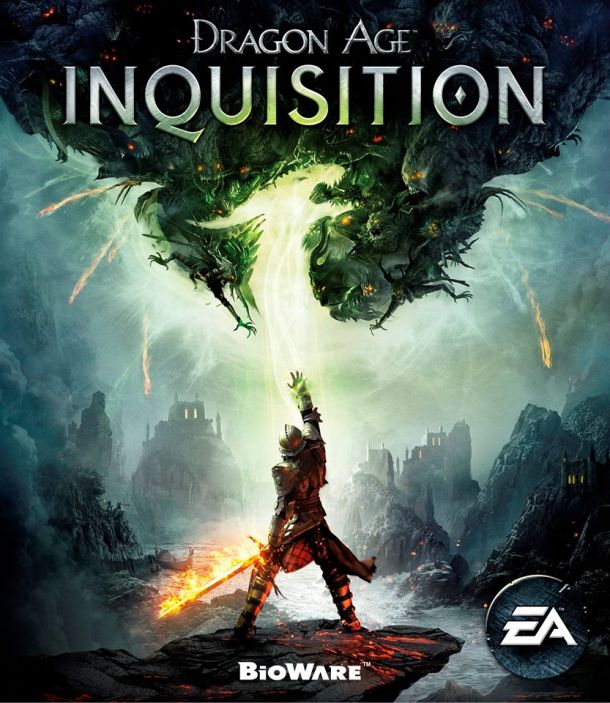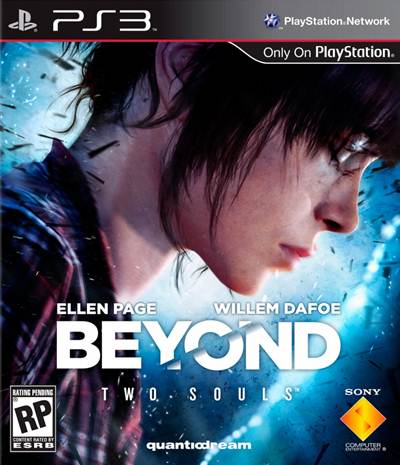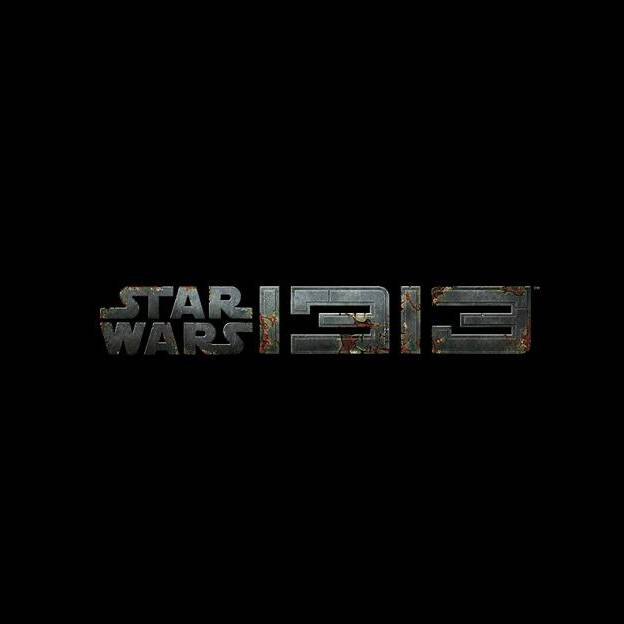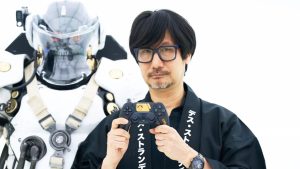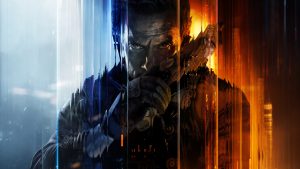
Star Wars 1313 creative director Dominic Rubillard commented on how gameplay should not look better or worse than cutscenes. Arkane Studios’ Harvey Smith recently talked about making Dishonored more of an interactive experience, rather than a “cinematic experience”.
Throughout these comments – and many more over the years – underlies the basic concept of graphic styles. Earlier, it was about games having consistent art. This was usually the case of RPGs like Golden Sun and Final Fantasy – wherein the field models resembled super deformed little creatures, while the characters seen in battles resembled the characters best. Final Fantasy VII took this to a different level completely, introducing SD models on the field, normal characters in battles and highly detailed CG characters in cutscenes.
Some enjoyed the myriad of styles, some begged for consistency and others just went and played Persona. An interesting criticim I read several years ago talked about Final Fantasy X having consistent character models throughout, but some were more detailed than others. The CG models were in fact described as more “Japanese-looking” – take that as you will.

But with the advent of next-generation graphics, it’s become more about CG trailers for supposedly mind-blowing games. This isn’t “target gameplay” we’re talking about. Everyone knows it’s CG but hey, don’t worry – you can still pull down Star Destroyers in the game, whether it translates as well into actual gameplay or not. Rubillard might have been referring to Lucas Arts’ disastrous handling of the same from The Force Unleashed. It controlled horribly and had a finite number of tries but couldn’t have been left out since the entire game’s hype had been built on it.
You can take countless examples of the game in question not looking specifically like that awesome CG trailer you’ve watched. Mass Effect 3, Final Fantasy XIII, Versus XIII, Dragon Age 2 – the list goes on. The question is: Is that really a bad thing?
The developer is concerned with telling stories using cutscenes and whether they’re rolling by as you munch on popcorn or rolling by as you pretend to be staring at Alyx Vance’s face while conversing, they are purely meant for story purposes. Finding ways to meld them together is great, because who doesn’t want to just keep rolling with the game? But in order to create narrative and story they are a neccessity. Very few games, even today, are easily able to tell a story within a game wihout resorting to some other medium – text, CG, cutscenes, audio logs – beyond the player’s control.
Look back at the battle between Lightning and Caius in Final Fantasy XIII-2. It was a flawless mix of active time based RPG battles, QTEs, cinematic cutscenes and set pieces. But is it telling any story beyond “Look at all this cool stuff happening”? Does it draw players in? Mass Effect might have relegated the majority of it’s cutscenes into conversations, but they served a purpose in their character and relationship building, amateur as they may appear next to Square-Enix’s efforts.
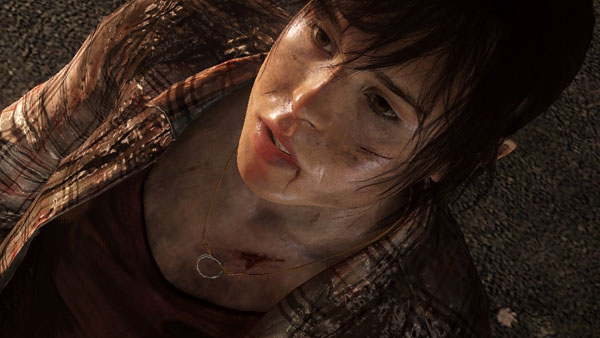
David Cage is an interesting diversion from this. Here’s a man who’s games look so close to movies, that gameply essentially boils down to pressing the right button at the opportune time. A series of QTEs if you will, begetting one narrative thread upon another. It’s like Dragon’s Lair with origami killers and psychic teenagers. When fully integrated within the game, what semblance of the game is remaining? Would it be awesome if video games could essentially be like Advent Children, wherein we’re actually controlling Cloud during those intense action sequences? Not necessarily. Take away the fancy camera angles, slow-mo (and a fair share of games have that), snappy editing, professional pacing and other cinematic conventions, and you might as well be playing any of the hundreds of AAA titles currently available. Conversely, did Black Hawk Down or Saving Private Ryan earn accolades for the amount of crazy war stuff they fit into a movie? If so, Call of Duty: Modern Warfare would be ranked as one of the best stories ever.
In the end, it’s not about “interactivity” or what looks better or worse or even fooling gamers. It’s about what you use to tell the story, and how effectively you capture the gamer’s imagination. If it’s not bringing the player into your world, where the player’s actions are the character’s actions and most importantly, if they’re just not having fun, what’s the point?








